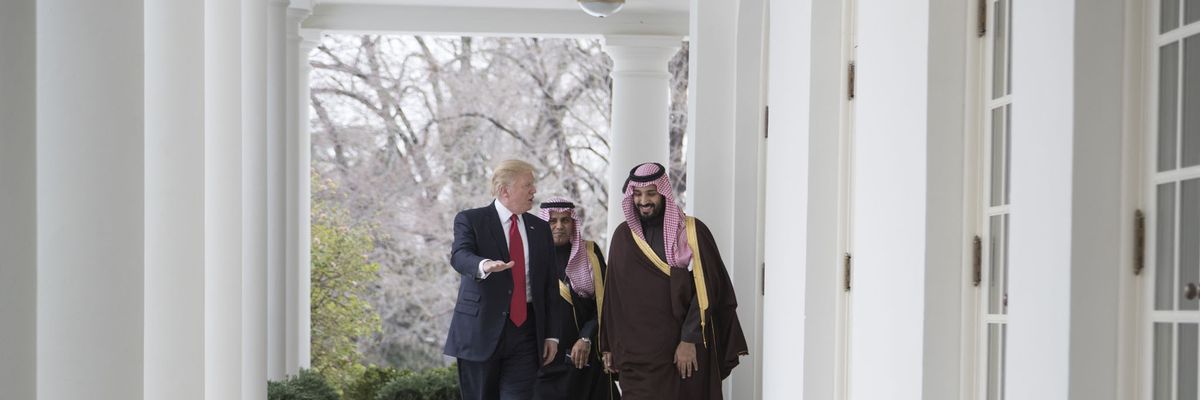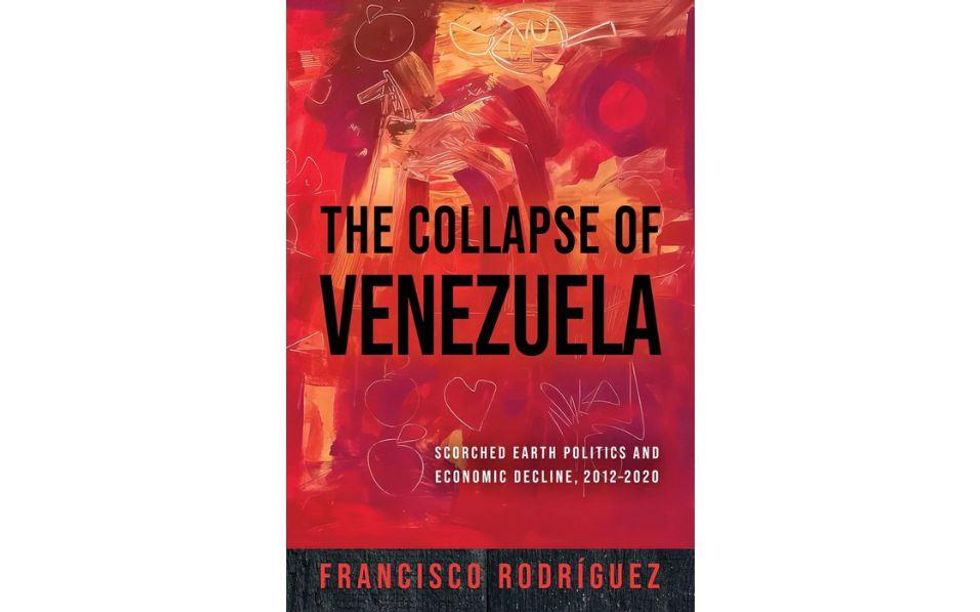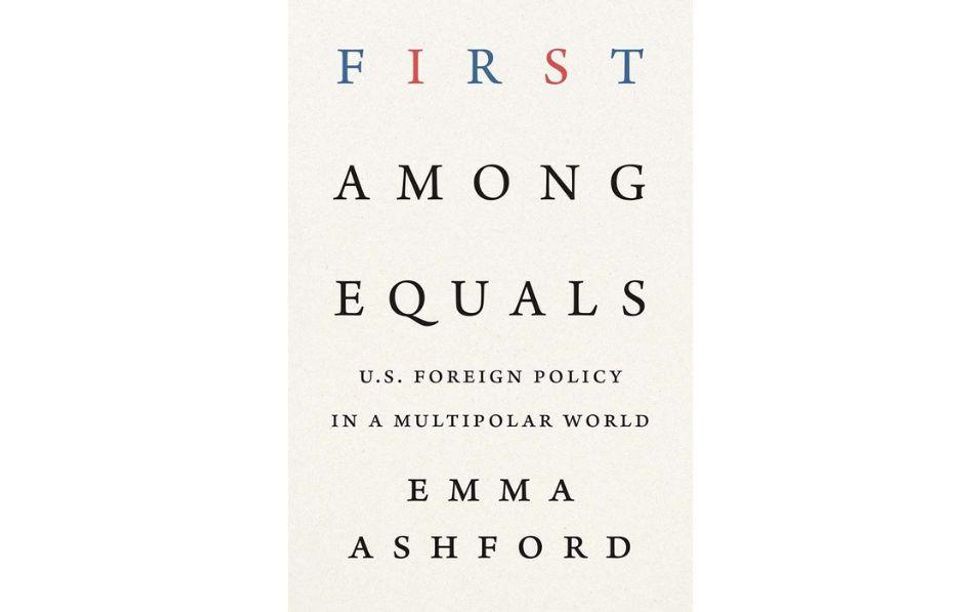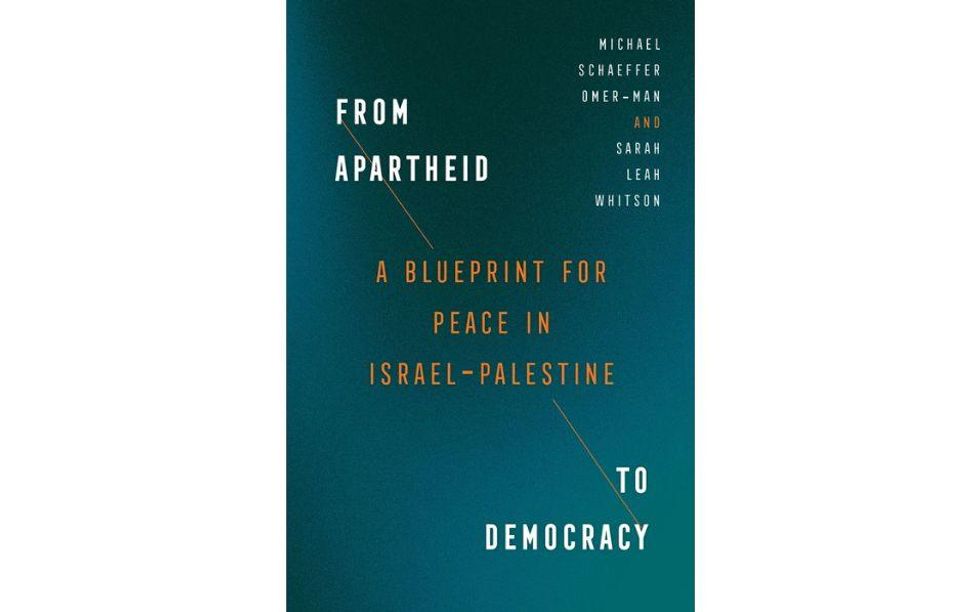A July 9 report on Fox News which claimed that the United Arab Emirates has held up a deal crafted by U.S. officials to end a key aspect of the three-year blockade of Qatar by the UAE, Saudi Arabia, Bahrain, and Egypt has refocused attention on the difficulties of ending an increasingly entrenched dispute.
Fox News cited anonymous officials who stated that the UAE had requested Saudi Arabia withhold support for a U.S.-backed proposal to reopen Saudi and Emirati airspace to Qatar Airways.
While the blockade of Qatar encompasses far broader sets of issues, from a U.S. perspective the airspace component has become a priority as it intersects with the Trump administration’s attempt to isolate and pressure Iran.
In recent months, U.S. officials have made several attempts to broker an airspace deal as part of a push to make tangible progress on ending the rift among close U.S. partners by focusing on specific issues rather than a general reconciliation or a grand bargain.
The blockade of Qatar began on June 5, 2017 when the “Anti-Terror Quartet” of Saudi Arabia, Bahrain, Egypt, and the UAE cut political and economic ties with Qatar, closed Qatar’s only land border, with Saudi Arabia, and restricted Qatar Airways overflight rights over their airspace. The consequent rerouting of Qatar Airways flights into and out of Doha not only added considerably to the airline’s fuel bill but also required the airline to use Iranian airspace for most travel to Europe and North American destinations.
From a U.S. perspective, the airspace issue has become problematic for two reasons. First, it results in overflight payments to Iran, which the Fox report suggested amounted to $133 million a year. This does not sit easily with the Trump administration’s effort to squeeze the Iranian regime through a combination of direct sanctions and pressure on U.S. partners to reduce their own dealings with Tehran. Second, the fact that U.S. diplomats and members of the military regularly travel on commercial flights operated by Qatar Airways is deemed to expose them to potential risk while in Iranian airspace.
On January 8, the accidental shooting down of a passenger jet as it departed Imam Khomeini Airport in Teheran tragically illustrated the risks of entanglement in an escalation of tension between Iran and the U.S., when, incidentally, a Qatar Airways flight to Doha had taken off just minutes before the doomed Ukraine International Airlines plane that was mistakenly targeted.
After a previous attempt by U.S. officials to craft a deal that would reopen “quartet” airspace to Qatar Airways faltered in early 2020, the Trump administration launched a fresh initiative in June as the blockade entered its fourth year. It appears that the breakdown of this latest attempt was what prompted unnamed officials to brief Fox News, which began its report with a blunt statement that it was time for U.S. partners in the Gulf “to unite to protect American interests in the Middle East.”
The obstacle to resolving the Gulf rift has been — and remains — a misalignment between the interests of all the parties involved as well as an ongoing inability to agree on the way forward. Whereas President Trump in 2018 hoped to end the blockade by meeting separately with individual leaders and sealing a deal at a Camp David “reconciliation summit,” such an approach was never likely to succeed, in part because doing so probably would have entailed a loss of face by one or more of the protagonists. However, by shifting to specific issues, the U.S. has — in the eyes of the “quartet” — adopted the approach taken by Qatari officials from the beginning, which was to divide the issues and focus on each bundle separately.
In late-2019, a dialogue between Saudi and Qatari officials which initially looked promising but ultimately broke up without result illustrated another difficulty in attempting to end or at least ease the rift.
Bilateral talks began in the aftermath of the September 2019 missile and drone attacks on Saudi oil installations at Abqaiq and Khurais and the two sides appeared to be making progress, raising hopes of a thaw in Saudi-Qatari ties ahead of the annual summit of Gulf States in Riyadh in December. In the event, no such breakthrough occurred, which, for Qatar, would have meant, at the very least, a reopening of the land border with Saudi Arabia and the ending of the airspace restrictions.
Observers in Doha of the Saudi-Qatari talks sensed a shift in tone after Saudi Crown Prince Mohammed bin Salman spent time in Abu Dhabi with Crown Prince Mohammed bin Zayed for the biannual meeting of the Saudi-Emirati Coordination Council and the Formula One Grand Prix in late-November. Had the Qataris succeeded in addressing blockade-related issues bilaterally with Saudi Arabia, they would have split the quartet of blockading states by engaging one-on-one rather than with the group as a whole.
With Bahrain and Egypt seen as playing secondary roles in the anti-Qatar quartet, peeling Saudi Arabia away could have isolated the UAE and identified Abu Dhabi as the holdout to attempts to resolve the deepest crisis in Gulf politics for decades. This would also be consistent with the broad consensus that much of the animosity that generated the blockade in 2017 originated in Abu Dhabi more than in Riyadh, and that the rift can only fully end when the leadership in the UAE is ready to move on. Whatever was said behind closed doors, it appears it was sufficient to derail the Saudi-Qatari dialogue which came to an end in January without agreement.
The challenge therefore for U.S. officials and other potential mediators is that there is no single or straightforward way to resolving the rift in a way acceptable to all parties to the dispute. The lack of consensus has persistently undermined efforts to resolve the issues raised by the blockade on a case-by-case basis or through bilateral talks and shows no imminent signs of ending. With Mohammed bin Salman balancing U.S. pressure to lift the airspace restrictions with Emirati pressure to maintain blockade unity, the Saudi leadership may prevaricate on the issue to avoid having to take a difficult decision either way.
























